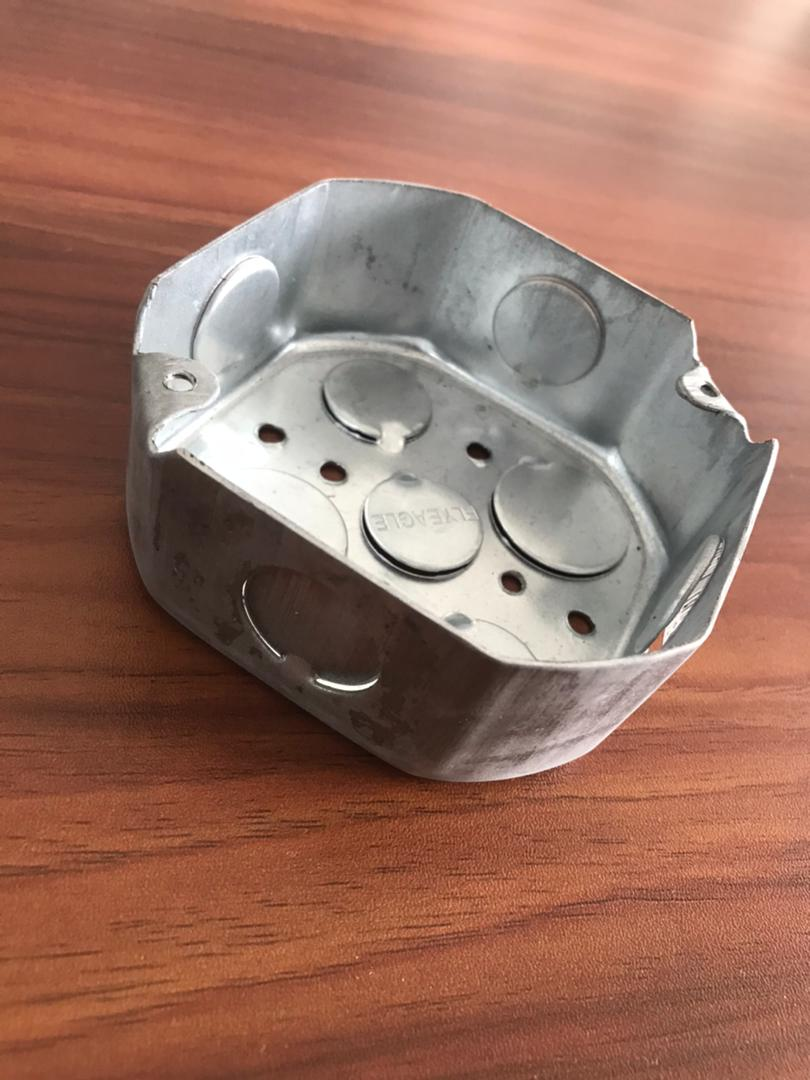
The Advancements in Automatic Adjusting Width Stud and Track Forming Machines
In the world of modern manufacturing, efficiency and precision are paramount. The construction industry, in particular, has witnessed a transformative evolution with the introduction of automatic adjusting width stud and track forming machines. These innovative devices enhance productivity, reduce labor costs, and maintain high-quality output in metal framing and structural applications. This article delves into the functionalities, benefits, and future prospects of these machines.
Understanding the Mechanism
Automatic adjusting width stud and track forming machines are designed for the continuous production of steel studs and tracks, commonly used in commercial and residential construction. These machines can produce different sizes and configurations of studs and tracks without requiring extensive manual adjustments. The core advantage lies in their automated width adjustment capability, which allows for quick transitions between production runs, ensuring minimal downtime.
The operation of these machines typically involves the feeding of metal coils into the forming station, where they undergo a series of rolls and bends. The automatic adjustment feature allows operators to modify the width and depth settings dynamically, aligning the machinery with the specific requirements of each project. Currently, these machines can be equipped with advanced technologies, such as touch-screen displays and computer controls, facilitating an intuitive operation process.
Key Benefits
1. Increased Efficiency Traditional forming machines often require operators to make manual adjustments for different sizes, resulting in significant downtime. Automatic adjusting machines significantly reduce set-up times. As a result, manufacturers can produce a higher volume of products in a shorter period, enhancing overall operational efficiency.
2. Labor Cost Reduction The automation of width adjustments means that fewer operators are needed on the production line. This reduction in labor costs is critical in an industry where wages can consume a substantial portion of the budget. Furthermore, reduced manual intervention decreases the likelihood of human error, leading to higher quality products.

3. Precision Manufacturing Automatic adjusting machines offer meticulous control over the forming process. The precision of these machines helps maintain strict tolerances, ensuring that each stud and track produced meets or exceeds industry standards. This accuracy is critical for the structural integrity of building projects.
4. Versatility and Flexibility These machines are adept at producing a wide array of product sizes, catering to diverse construction requirements. Whether an application calls for standard dimensions or custom sizes, the flexibility offered by automatic adjusting width machines makes them invaluable in modern construction.
5. Reduced Material Waste With improved accuracy and reduced set-up times, these machines contribute to minimizing material waste. This not only improves profitability but also aligns with sustainable practices increasingly demanded by the industry.
Future Prospects
The development of automatic adjusting width stud and track forming machines is only set to enhance as technology progresses. Innovations in artificial intelligence (AI) and machine learning could lead to machines that continuously learn and adapt to production patterns, optimizing operations further. Moreover, the integration of Internet of Things (IoT) technologies will facilitate real-time monitoring and predictive maintenance, thus reducing downtime and extending the lifecycle of the machinery.
Furthermore, as the demand for sustainable construction practices increases, these machines may evolve to accommodate eco-friendly materials and practices, contributing to a greener future for the industry. Manufacturers investing in automatic adjusting machines are also expected to explore ways to produce energy-efficient systems, reducing the carbon footprint of their activities.
Conclusion
The advent of automatic adjusting width stud and track forming machines marks a significant milestone in construction manufacturing. By enhancing efficiency, precision, and versatility while reducing costs, these machines play a crucial role in shaping the future of the industry. As technology continues to progress, the potential for further improvements and innovations remains vast, promising a new era of productivity in construction. For businesses in the sector, investing in such advanced machinery offers not only immediate operational benefits but also positions them for success in an increasingly competitive marketplace.